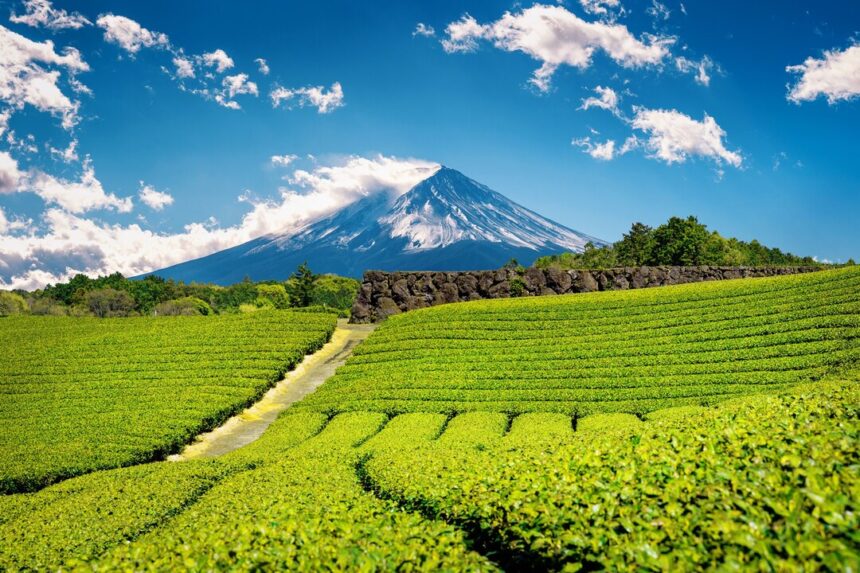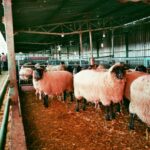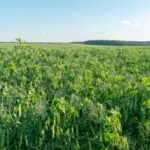Tea farming is a lucrative and growing agricultural venture in South Africa, particularly in regions like KwaZulu-Natal and the Eastern Cape. While tea farming offers high potential returns, success requires careful planning and management. Avoiding common mistakes can help South African farmers maximize their yield and profitability. Here are ten common mistakes tea farmers make and how to avoid them.
1. Choosing the Wrong Location
Tea plants thrive in specific conditions, including high altitudes, acidic soils, and consistent rainfall. One common mistake is planting in unsuitable areas where climate and soil conditions don’t favor tea growth.
Solution: Conduct soil and climate tests to ensure the location meets the requirements for tea farming. Opt for regions with a mild climate, good drainage, and annual rainfall of at least 1200 mm.
2. Using Poor Quality Tea Varieties
Planting low-quality or non-adapted tea varieties can result in poor yields and reduced quality.
Solution: Source high-quality seedlings or clones from certified nurseries. Select varieties suited to the local climate and market demand, such as Camellia sinensis assamica for black tea or Camellia sinensis sinensis for green tea.
3. Skipping Soil Testing
Neglecting soil testing leads to poor plant growth, as tea plants require specific nutrient balances and acidic soil conditions (pH 4.5 to 6.0).
Solution: Regularly test soil for pH, nutrient levels, and organic matter content. Amend soil with lime or sulfur to adjust pH and add organic compost or fertilizers to enrich it.
4. Improper Planting Techniques
Many farmers fail to prepare the land adequately or plant at incorrect depths, which hampers root development.
Solution: Clear the land of weeds and prepare beds or terraces for planting. Plant seedlings at the recommended depth (2.5–3 cm) with proper spacing (1–1.5 meters apart) to ensure healthy growth.
5. Inadequate Pest and Disease Management
Tea plants are vulnerable to pests like tea mites and diseases such as blister blight and root rot. Ignoring early signs can result in severe crop losses.
Solution: Implement an integrated pest management (IPM) system. Regularly inspect plants for signs of pests and diseases, use biological controls, and apply approved pesticides or fungicides when necessary.
6. Neglecting Pruning and Plucking Schedules
Failure to prune and pluck tea bushes regularly reduces leaf quality and productivity.
Solution: Establish a strict pruning and plucking schedule. Prune mature plants every 3–5 years to encourage new growth and maintain plucking intervals of 7–14 days to harvest the finest leaves.
7. Overwatering or Poor Drainage
While tea plants require consistent moisture, overwatering or planting in poorly drained soils can lead to root rot and fungal diseases.
Solution: Install proper drainage systems to prevent waterlogging. Use drip irrigation or rainwater harvesting systems to maintain consistent soil moisture levels without overwatering.
8. Ignoring Shade Management
Tea plants require partial shade, but excessive or inadequate shading can affect growth and yield.
Solution: Plant shade trees like Grevillea or Albizia species to provide optimal light conditions. Prune shade trees regularly to maintain a balance between sunlight and shade.
9. Poor Harvesting Practices
Harvesting immature or overmature leaves impacts tea quality. Inconsistent plucking also reduces bush vigor.
Solution: Train workers on proper plucking techniques, focusing on the “two leaves and a bud” rule. Use clean, sharp tools to avoid damaging plants.
10. Neglecting Post-Harvest Handling
Improper handling and processing of tea leaves result in low-quality products that don’t fetch good market prices.
Solution: Process tea leaves promptly after harvesting. Invest in proper drying, rolling, and packaging equipment to maintain quality. Store processed tea in cool, dry conditions to preserve flavor and freshness.
Tea farming in South Africa can be a rewarding venture if done correctly. By avoiding these common mistakes, farmers can improve productivity, maintain high-quality yields, and ensure long-term profitability. With proper planning, management, and care, South African farmers can thrive in the competitive tea industry.
Join 'Farmers Mag' WhatsApp Channel
Get the latest Farming news and tips delivered straight to your WhatsApp
CLICK HERE TO JOIN






